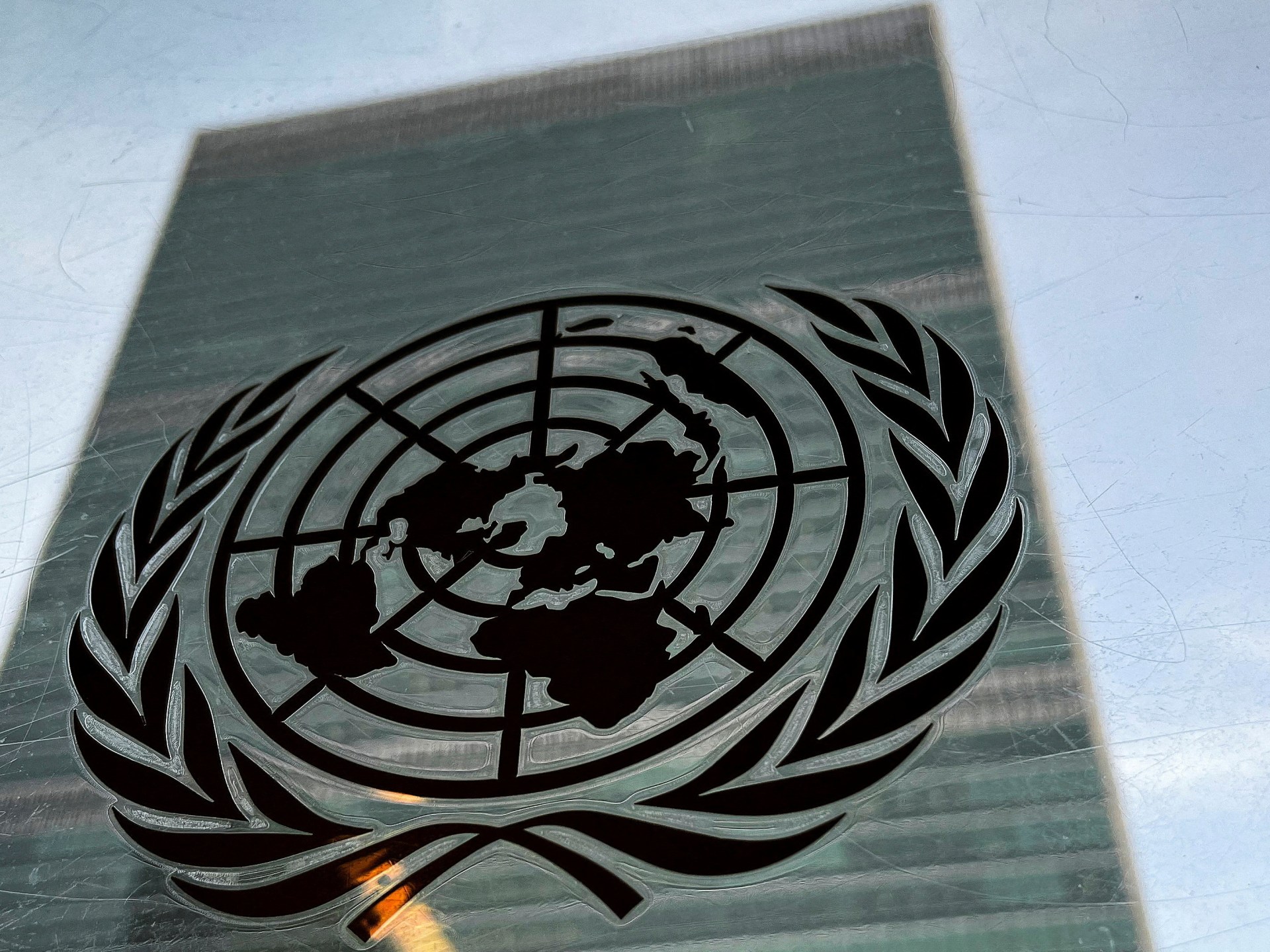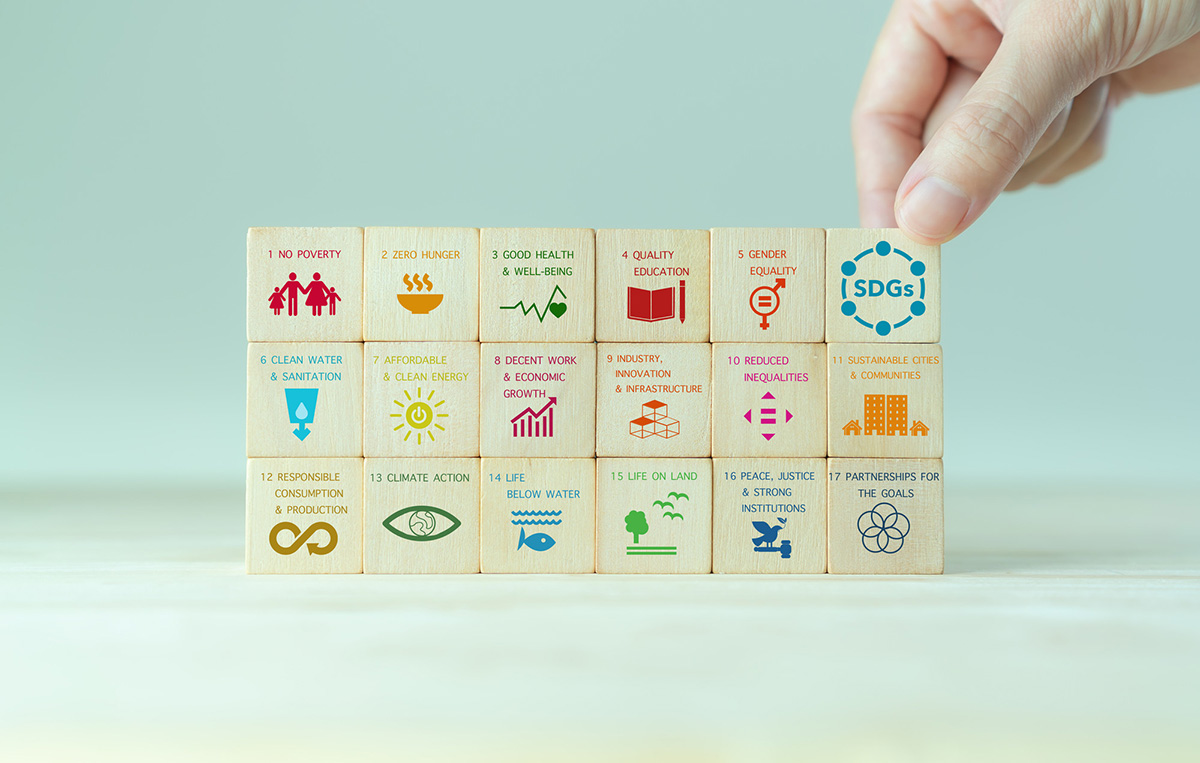The United Nations General Assembly (UNGA) will convene this week for high-level talks in New York City, with representatives from around the world meeting to address a range of global challenges.
While the climate crisis and the war in Ukraine will be in focus, this year’s 78th annual UNGA session also seeks to advance the UN’s Sustainable Development Goals (SDGs) – a lofty, nearly decade-old effort to address poverty, education and other socioeconomic issues.
World leaders will take part in a two-day SDG Summit at UN headquarters, beginning on Monday, which the global body says aims to serve as “a rallying cry to recharge momentum” on reaching those objectives.
The overall theme of this year’s UNGA also calls for more action to achieve the SDGs.
“This theme encompasses the recognition that we are at a crossroads in history and that the path ahead will be decisive in determining not only our future, but that of generations to come”, new UNGA President Dennis Francis of Trinidad and Tobago said in a letter in June (PDF).
The list of 17 SDGs, which includes 169 specific targets, was first adopted at the UN Sustainable Development Summit in September 2015 as a roadmap to address a series of complex global problems by 2030.
Those goals are not legally binding, but aim to give countries a way to measure progress while helping guide their decision-making and foster collaboration.
Here, Al Jazeera breaks down where things stand on achieving the Sustainable Development Goals, what obstacles remain, and what comes next.
Lofty ambitions, disturbing trends
The SDGs lay out 17 objectives that the UN hopes to reach by 2030, including ending poverty and hunger; building quality education systems; advancing gender equality; and providing clean water and sanitation as well as affordable energy.
Yet when contrasted with the current state of the world, the lofty and wide-reaching list can leave one feeling less than optimistic.
By the UN’s own estimate, about 575 million people will be living in extreme poverty by 2030 if current trends continue, while some 600 million people are expected to continue facing extreme hunger.
Climate change also has threatened to upend progress on the goals, fuelling extreme weather events such as tornadoes, floods and wildfires that have strained resources and caused mass displacement in countries around the world.
In 2019, Koko Warner of the UN Climate Change Secretariat said that the climate crisis meant that “sustainable development as we think of it today may be out of reach”.
In the realm of war and conflict, Russia’s invasion of Ukraine last year also helped to fuel a 50-percent increase in civilian deaths and has contributed to mass displacement and surging food prices in poor countries.
The COVID-19 pandemic also dealt a devastating blow to the world economy, plunging millions of people into poverty and exacerbating inequalities.
In June, the UN also concluded that progress towards gender equality had not improved for more than a decade.
“Unless we act now,” UN Secretary-General Antonio Guterres said in a foreword to the 2023 SDG progress report, “the 2030 Agenda will become an epitaph for a world that might have been.”
Nonbinding structure
The SDGs also seem to have fallen short in another area, according to experts: facilitating cooperation between states and policymakers.
Frank Biermann, a professor of global sustainability governance at Utrecht University in the Netherlands who has spent years researching the SDGs, said that governments have shown little interest in treating the goals as a priority or translating them into concrete policy changes.
“The SDGs are not doing well,” Biermann told Al Jazeera. “We [a group of researchers] set out to determine whether they were changing the way that governments operate, and the answer we found was, essentially no.”
The structure of the goals has also made progress difficult. While the SDGs serve as a benchmark for progress on a range of issues, they are nonbinding, and countries that fall behind face no serious consequences for doing so.
While that approach is meant to give countries more flexibility, it has also meant that there is little pressure when they fall short.
“There’s a lot of evidence that countries tend to cherry-pick when it comes to making progress on some goals and not others,” said Biermann.
Some of the metrics also seem to favour wealthier countries with more resources to direct towards areas like education and health and lower rates of poverty. In a ranking of countries based on their progress towards fulfilling the SDGs, the top 20 are all European nations.
A path forward?
While the world is not on track to meet many of the SDGs, Biermann said that the news is not all bad.
While the SDGs have not figured highly as a priority for national governments, he told Al Jazeera that there is some evidence that municipalities have made efforts to integrate them into planning efforts.
“We found evidence of change at the city level,” said Biermann, adding that the SDGs can also be used by civil society groups to pressure governments to step up and show greater commitment to objectives such as sustainability and equality.
Slow progress on the goals at the international level could also become an impetus for re-examining the more hands-off approach taken so far.
“I think you need to develop systems where you put higher pressure on countries to take action,” said Biermann.
“That might not include all countries, so you might think about smaller groups of countries that agree on stronger, more strict standards in certain areas,” he added.
“This voluntary approach is maybe not the right one.”
Credit:Source link



